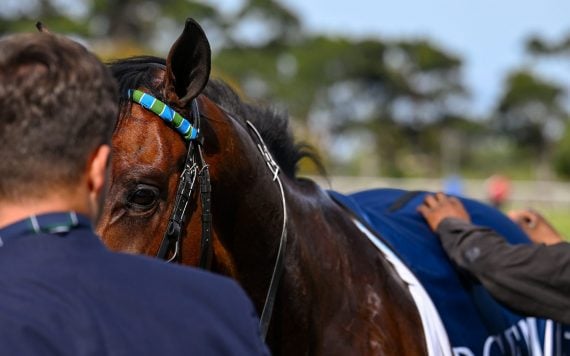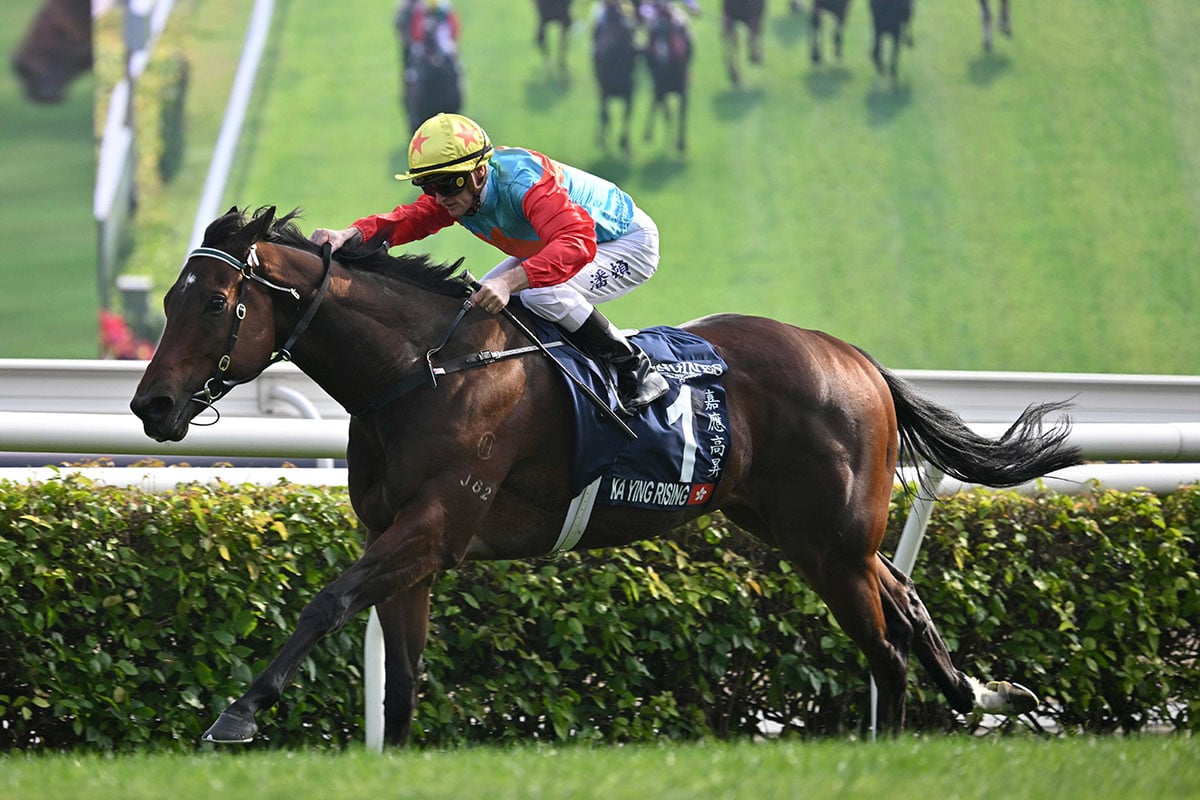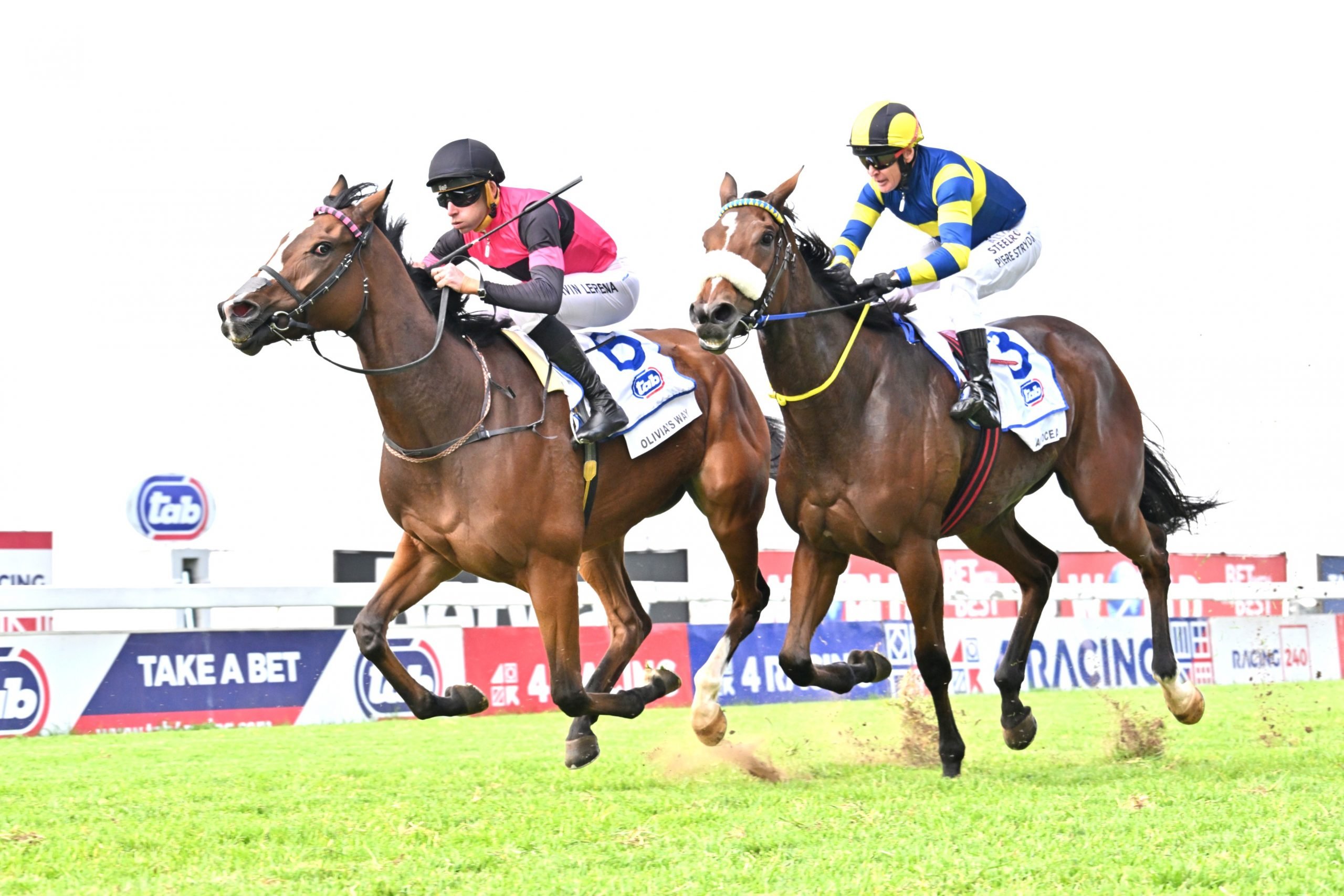Facts are stubborn. But statistics are more pliable. So said Mark Twain and it is true that we can substantiate or undercut most any argument with numbers.
Horseracing is not marketed as the ‘brain game’ or the ‘intelligent bet’ for nothing. Formbooks alone are not enough. Punters need a crystal ball and a snazzy mathematical calculator these days to complete the survival kit.
The Vaal Racecourse turf straight was split into two tracks several years ago,and it has come under fire from various quarters recently for an apparent draw bias.
Full marks to Tellytrack’s Nico Kritsiotis for raising the issue on the new show First Call on Thursday morning. Kritsiotis also provided some interesting statistics on the inside track for February and March, which show an alarming trend.
.
.
February: 17 races Winners first half: 10(59%) Second half:7 (41%)
March: 16 races Winners first half: 13(81%) Second half: 3(19%)
The most recent meeting at the Vaal on 12 April saw six of the nine races run down the straight track. Adding weight to the Kritsiotis bias theory, four of the six races were won by horses drawn in the first half of the course.

The Greek. Nico Kritsiotis made some interesting comments on the First Call show.
When looking coldly at these statistics, one obviously needs to maintain a balanced mind and consider the variants and influencing factors. That includes field sizes, as in smaller fields the draw is significantly less of a factor. We also need to consider how many favourites or fancied runners were drawn in which half of the track. The process suddenly complicates itself when attempting to smooth the statistics,and Kritsiotis made a valid point when he suggested that the external factors, like field sizes and favourite draws, should in essence average out. Fair comment but then we go around in never ending circles!
We approached Phumelela Racing Executive Patrick Davis for comment on the matter.
Davis said that he personally believed that since Phumelela split the Vaal turf track into two that horses had generally been able to win from any draw in races down the straight on both tracks. When shown the statistics, Davis conceded that there did appear to have been a draw bias down the inside of the inside track in the last few weeks. He said that he felt that this was largely due to the fact that many of the races are round the bend and the expected turf wear and tear down the inside therefore compared to the outside, where the more virgin turf is more dense, could have caused it to ride slightly quicker.
Davis also added that the penetrometer readings, which are taken across the track i.e. inside, middle and outside every 200m, have shown very little difference from inside to outside. He also suggested that another consideration is that when the jockeys have a perception that a certain side of a track is quicker than another, they tend to make a bee-line for that section and the resulting turf wear and tear and ground compaction exacerbates the problem.

Holistic view. Phumelela's Davis admits that they are monitoring the bias.
He also said that it should be borne in mind that there is the historical trend, from the days when the turf track was one wide track, where the fields down the straight often split into two groups, down the inside and the outside. He added that it was notably seldom down the centre.
“For what it is worth we have today’s meeting plus one more on the inside track before we switch back to the outside track for a period. This should enable the inside track to recover somewhat from the wear and tear. However, it should be remembered that the temperatures drop in the autumn and thus turf recovery does slow down significantly, ” he said.









